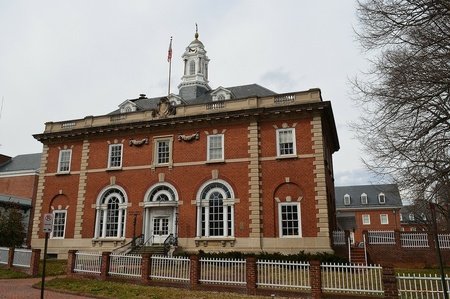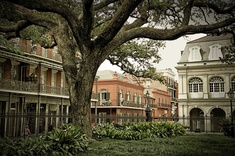
5 Facts About 5 States #4
Last updated: Thursday February 24th, 2022
Report this blog
Kansas
Kansas is the second most tornado-prone state in the country, with more than 60 tornadoes per year. In this part of the country, severe storms have occurred, and there is a history of record-breaking storms that have wiped out entire cities. Dodge City, the windiest city in the United States, is also located in Kansas.
This is one of the most fascinating Kansas facts. Two brothers founded the first Pizza Hut in Wichita, Kansas, in 1958. They were in college and were looking for a good pizza place. The company now has over 13,000 locations around the world.
A Historical Marker (a limestone shaft and a flag) proclaiming that you are in the center of the United States can be seen while driving on Highway 281, just a few miles northwest of Lebanon. Barton County is located in the geographic center of Kansas.
The nicknames for the state are "the sunflower state" and "the wheat state." The former is due to the abundance of yellow flower paintings found throughout the state's plains. Over the years, these flowers have served as the ultimate fashion accessory as well as a vital source of vegetable oil.
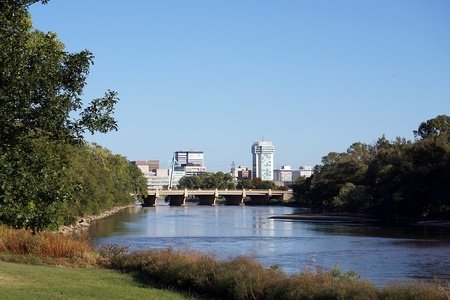
Kentucky
At the 1883 Southern Exposition in Louisville, Thomas Edison first demonstrated the electric light bulb to the general public. More than 4,500 light bulbs were used to illuminate the exhibition at night, according to some sources, making it the largest display set of Thomas Edison's recently invented incandescent lights.
The 16th president of the United States, Abraham Lincoln, was born in Kentucky, as was the other Civil War commander, Jefferson Davis. Their hometowns were Hodgenville and Fairview, respectively. They were both born in log cabins, which is interesting.
The world's largest Toyota manufacturing plant is located in Georgetown, Kentucky. The Camry, Lexus ES 350, and Avalon are all produced at this plant, which is the first Toyota vehicle plant owned entirely by Americans. Visitors can take a tram tour of the facility to see how these cars are built from beginning to end.
At a cost of $560,000, the Fort Knox Bullion Depository was completed in December 1936. In January 1937, the first gold was delivered to the Depository by railroad. There are no visitors allowed inside the vault, and only one president, Franklin D. Roosevelt, and one congressional delegation visited in 1974.
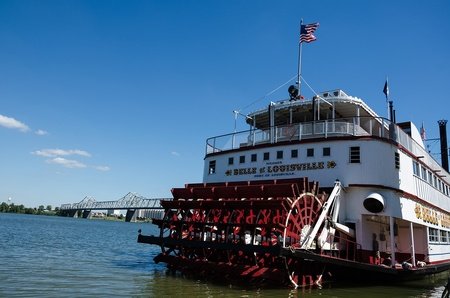
Louisiana
In August 2005, Hurricane Katrina (a Category 3 storm) wreaked havoc on parts of Louisiana. 73 square miles of Louisiana coastland were eroded by Hurricane Katrina. An estimated 1500 Louisiana residents died as a result of the hurricane. Furthermore, the state has been harmed to the tune of more than $100 billion. The hurricane season in Louisiana runs from June to November each year.
The Louisiana State Capitol Building is the country's tallest state capital. The structure was dedicated on May 16, 1931. It stands at 450 feet tall with 34 stories. Huey Long was assassinated in the State Capitol, which he had directed, in September of 1935.
In 1803, President Thomas Jefferson paid Napoleon Bonaparte for Louisiana, which became known as the Louisiana Purchase. The purchase included 530,000,000 acres of land in North America, which the US paid $15 million for. The purchase doubled the size of the United States.
Baton Rouge was the site of a pivotal battle during the American Revolution, the only one that took place outside of the original thirteen colonies. To overthrow the British colony, US forces joined forces with Spanish forces. The decisive victory brought the British control of the Mississippi River to an end.
In New Orleans, voodoo is widely practiced. Migrants from the 1791 Haitian slave revolt and freed people of color from West Africa were among the early proponents. They combined their religious rituals with Catholic practices in the area. During the 1800s, voodoo kings and queens were powerful political figures in the city.
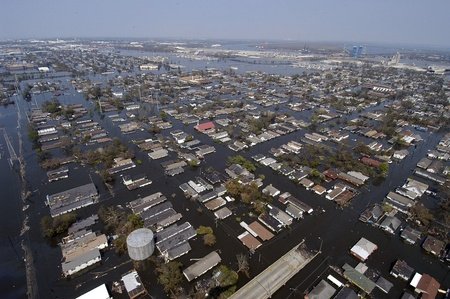
Maine
One of the top ten most visited parks in the United States is Acadia National Park in Maine. More than 3.5 million people visited the park in 2018. From October 7 to March 6, the Cadillac Mountains in Acadia National Park are the first place in the United States to see sunrise. In 1918, the mountain was named after Antoine Laumet de La Mothe, Sieur de Cadillac, a French explorer and adventurer. Cadillac is a car company named after the legendary explorer.
Samantha Smith, an American schoolgirl from Manchester, Maine, was known in the United States as "America's Youngest Ambassador" and in the Soviet Union as "Goodwill Ambassador." Samantha, then ten years old, wrote a letter to Yuri Andropov, the Soviet Union's leader, during the Cold War, asking for his thoughts on war with America and what efforts he was making to avoid it. Surprisingly, the Soviet leader not only read but also responded to her letter. He also extended an invitation to her and her family to visit the Soviet Union. Unfortunately, this bright young man died in an airplane crash in Auburn, Maine on August 25, 1985.
Chester Greenwood, a 15-year-old Farmington, Maine resident, invented earmuffs in 1873 when he was looking for a way to keep his ears warm. In 1877, he patented the first design of his earmuffs, which he later improved. He eventually established a factory to manufacture his invention, which employed people for the next 60 years.
Joan Benoit Samuelson of Cape Elizabeth, Maine, became the first woman to win a marathon at an Olympic Games. At the 1984 Summer Olympics in Los Angeles, she won the gold medal. In the year 2000, she was inducted into the Maine Women's Hall of Fame. She returned to the circuit in April 2019, at the age of 61, at the Boston Marathon, where she finished in 3:04.
Robert Benjamin Lewis of Gardiner, Maine, was one of the few African-Americans to patent inventions or improvements to existing manufacturing processes in the nineteenth century. He created and sold a product known as "Lewis' Arabian Hair Oil." He argued that using his oil can make hair grow longer, healthier, and longer while also giving it a vibrant experience. He was the owner of three US patents in total.
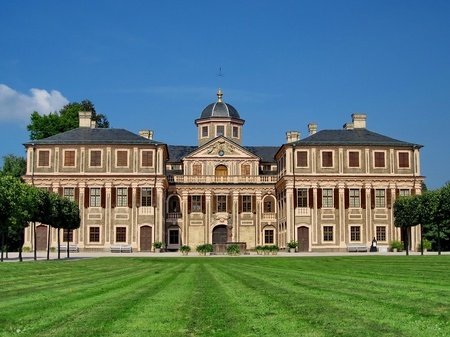
Maryland
Paleo-Indians were the first people to live in what is now Maryland. Archaeologists have discovered artifacts dating back 13,000 years, such as beads and arrowheads. Paleo-Indians are thought to have traveled from other parts of North America to hunt bison and caribou. Native American tribes such as the Lenape, Nanticoke, Susquehannock, Shawnee, and Powhatan moved into the region later.
Maryland has been dubbed "America in Miniature" by some. Its topography varies greatly, ranging from gently rolling hills to pine groves, sandy dunes, and marshlands near the Chesapeake Bay. Lakes, rivers, and the Atlantic Ocean can all be found in Maryland. Maryland's borders are home to 400 bird species, 90 mammal species, 93 reptile and amphibian species, and hundreds of freshwater and marine fish.
On September 17, 1862, the Battle of Antietam took place in Sharpsburg, Maryland. After twelve hours of savage combat, an estimated 23,000 soldiers were killed, wounded, or missing, making it the bloodiest battle of the American Civil War. It is also the eighth-costliest land battle of the American Civil War, according to some sources.
Maryland has a crustacean as its official state animal. In 1989, the state crustacean (crustacean comes from the Latin word crusta, which means shell) was named the blue crab. Despite the fact that a large number of blue crabs are caught off the coast of Virginia, the blue crab is commonly referred to as the "Maryland crab." From April to November, crabs are in season, and Marylanders are known for seasoning their crabs with Old Bay or Chesapeake Bay.
